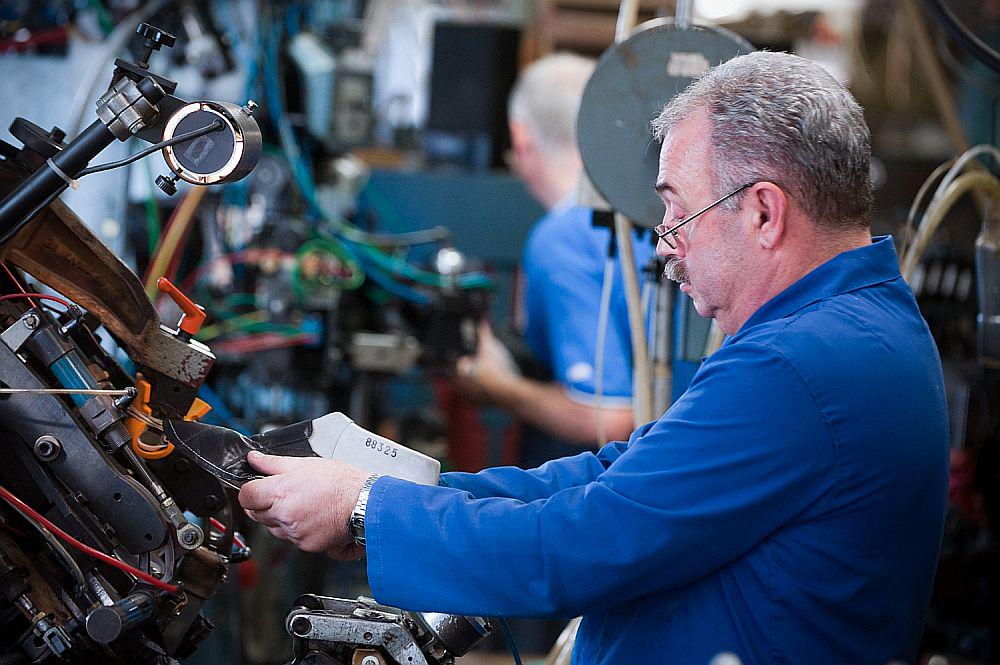
Long before the industrial era, the craft of shoemaking shaped the fortunes of Tržič. The tradition survives to this day and has left an indelible mark on this northern Slovenian town and its people.
In an era when towns tended to specialize in certain trades, the people of Tržič became well-known for making shoes. The development was made possible by the emergence tanneries in the area, and by the 19th century, many homes in Tržič included a small workshop where shoes were made and repaired six days a week.
In the depths of winter, much of the work had to be done without the benefit of natural light. Instead, the shoemakers used special torches with glass bowls that directed the light and made work possible well beyond sunset.
This winter work gave rise to a well-established local tradition. On March 12, the feast day of St. Gregory, when longer days finally enabled them to work under natural light, the shoemakers gathered on the banks of a local river to mark the beginning of spring. First, they threw their torches in the air. They then filled wicker baskets and little wooden houses with wood shavings, set them on fire, and released them down the stream. The whole town came to watch the display and welcome in spring.
The advent of industrialization changed how shoes were made in Tržič. In 1903, an entrepreneurial shoemaker named Peter Kozina founded a company to begin large-scale production of shoes. At first, he had difficulties securing credit because he was Slovenian at a time when most factory owners were German. Kozina was persistent, however, and within a decade, the company – named Peko (an abbreviation of his first and last names) – opened a large, modern shoe factory in Tržič.
Kozina bought the best machines on the market and introduced state-of-the-art shoemaking techniques from abroad. Peko became one of Slovenia’s best-known brands, and even survived Communist nationalization after World War II. Despite financial difficulties brought on by competition from Asia, Peko still makes shoes and has launched a high-end line of footwear known as “Peter Kozina” in honor of is founder.
Today, the Tržič Municipal Museum features an exhibition devoted to the town’s shoemaking tradition. Some of the items on display – such as a 17th century guild book – are valuable historic documents, while others enable visitors to understand the laborious process of making shoes by hand.
The town’s tradition also lives on in another form. Historically, the town organized fairs where shoes were sold at a discount. Today, the fair tradition lives on in the form of Shoemaker’s Sunday, held in the first week of each September. It has become a popular civic celebration, drawing visitors from across Slovenia, while celebrating a trade that shaped much of the town’s history.

































































